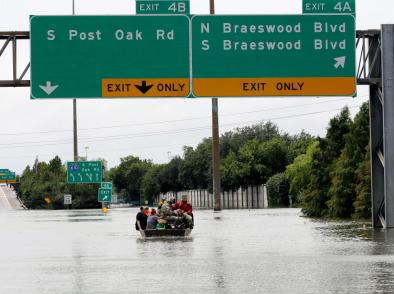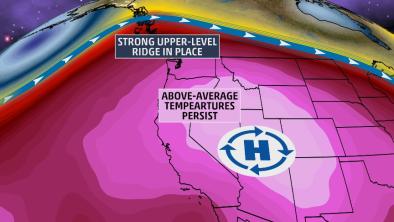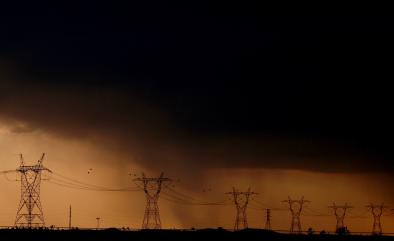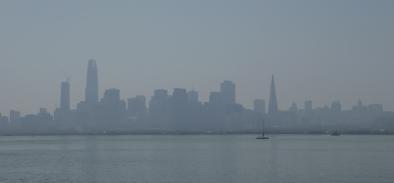Influence of Anthropogenic Climate Change on Planetary Wave Resonance and Extreme Weather Events
We looked into dozens of different climate models, as well as into observational data, and it turns out that the temperature distribution favouring planetary wave stalling increased in almost 70% of the simulations.
Kai Kornhuber, co-author and scientist at the Potsdam Institute for Climate Impact Research (PIK) in Germany
Human activity has been suspected of contributing to this pattern before, but now we uncover a clear fingerprint of human activity
Michael Mann, study lead author and professor at Pennsylvania State University
Definition:
Planetary waves are a pattern of winds, of which the jet stream is a part, that encircle the northern hemisphere in lines that undulate from the tropics to the poles. Normally, the whole wave moves eastwards but, under certain temperature conditions, the wave can halt its movement. This leaves whole regions under the same weather for extended periods, which can turn hot spells into heatwaves and wet weather into floods.
- States that persistent episodes of extreme weather in the Northern Hemisphere summer have been shown to be associated with the presence of high-amplitude quasi-stationary atmospheric Rossby waves within a particular wavelength range (zonal wavenumber 6–8)
- States that the underlying mechanistic relationship involves the phenomenon of quasi-resonant amplification (QRA) of synoptic-scale waves with that wavenumber range becoming trapped within an effective mid-latitude atmospheric waveguide
- Recent work suggests an increase in recent decades in the occurrence of QRA-favorable conditions and associated extreme weather, possibly linked to amplified Arctic warming and thus a climate change influence
- This study isolates a specific fingerprint in the zonal mean surface temperature profile that is associated with QRA-favorable conditions
- Uses state-of-the-art (“CMIP5”) historical climate model simulations subject to anthropogenic forcing, and these display an increase in the projection of this fingerprint that is mirrored in multiple observational surface temperature datasets
- Concludes that both the models and observations suggest this signal has only recently emerged from the background noise of natural variability
Related Content






